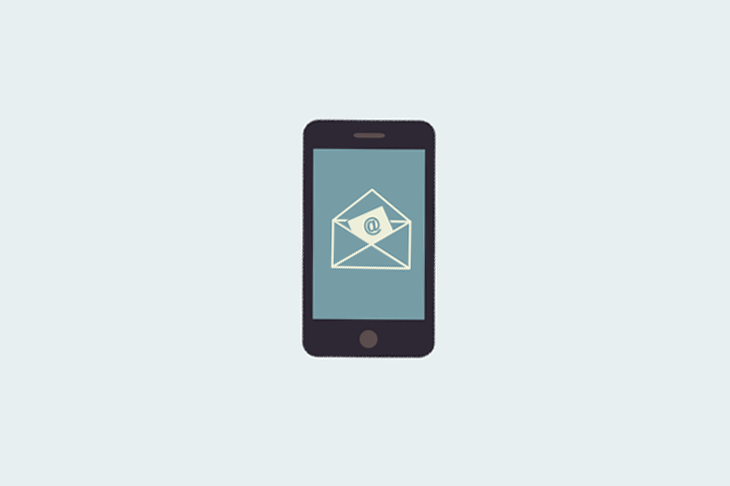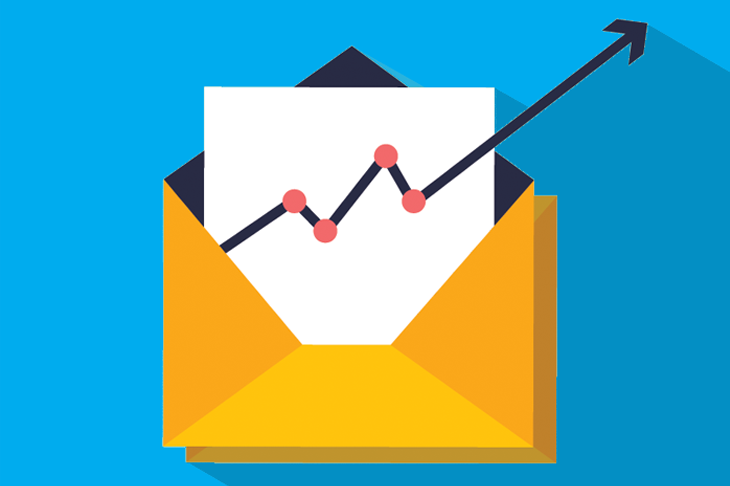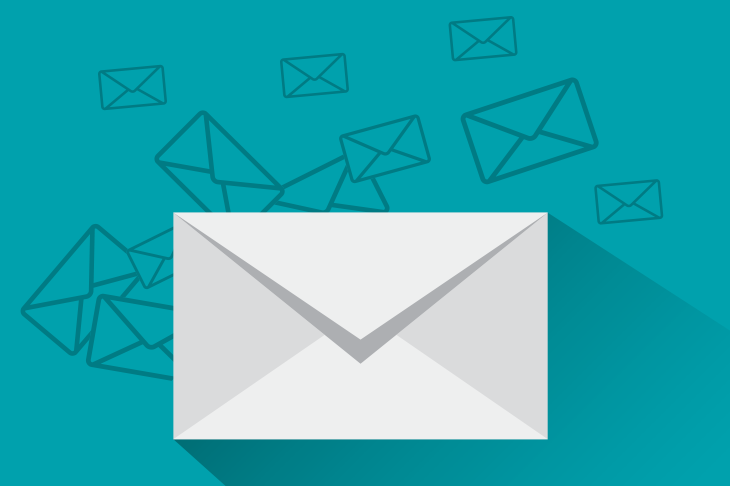
Get weekly
HubSpot updates
When deciding your marketing budget for your business to business company you might think that email marketing isn’t right for you, but that is a huge mistake.
Email marketing can be an extremely powerful tool for any industry as long as it’s done correctly. For a B2B brand, your main message should boil down to logic rather than emotion, like in B2C campaigns. By highlighting the reasons why another business should buy your product or service, you will be able to build a message which shows the reader how you can help them save time, money and resources.
What do you want to achieve?
Before you start, make sure you have considered what you want to achieve with your email strategy. If you have an ecommerce site, you might want to drive sales or you might want to use your emails to raise your brand’s awareness by sharing insightful blog posts.
Whatever the objective, aim to create a well-designed newsletter template that offers good quality content in a way that will appeal to your target industry. It is important to consider the tone of voice of your business and find a style to fit within your brand to find the right balance of professionalism and creativity.
Populate a detailed contact database
Once you know what you want to send you also need to make sure you have a good database of contacts who will receive your newsletters. When data capturing, don’t be afraid to ask for details by making sure to get at least the first name and job title. This will allow you to personalise your email campaigns as much as possible as well as offer possible segmentation for your subscribers.
It is very rare for it to be just one person within an organisation who makes large business purchase decisions. There will likely be a range of decision makers whose opinion will be heard before they can make a purchase.
Download our guide to identifying your customers' buyer personas.
By being able to segment your database into sales, finance and management, you will be able to create a personalised message for each contact of the business to highlight the benefits of your product or service for that particular department. As you grow your database, you can add in additional data points for subscribers to fill out to help segment your audience further.
Nurture your business contacts
Sending regular emails can also be a great way to nurture your business contacts.
Automated emails that are sent out via event triggers can go out when a particular whitepaper about your service is downloaded, and can help to push your potential clients down the sales funnel for you. A well planned triggered email, can lead the user to the next stage of your buyer journey, without the need for any pushy sales tactics.
With 77% of consumers preferring to receive permission based marketing communications via email, it makes sense to trickle your sales information in an informative way through a planned email marketing strategy, such as regular newsletters. But when it comes to how regular, it will depend on your industry and length of your buying cycle. For most businesses, a monthly newsletter is likely to be enough to stay in your potential client's mind without clogging up their inboxes.
Remember, if you are selling B2B, it’s likely that you’ll be contacting someone’s work email address, and we all know how busy our inboxes can get and how quickly we will delete unimportant emails. However, if you are able to create a newsletter that is full of interesting and relevant content to your reader, even when they’re busy, they may take a five minute break if they know your newsletter is always of interest.
Optimal sending times
You should also consider when to send your newsletter. Again this can vary depending on who your target market is, but as a starting point, a study by MailChimp found that emails sent between 12-4pm on a Wednesday or Thursday usually had the highest open rates.
However, it is always wise to test different times for your particular industry to find the best time for your individual business.
As you delve into the world of email marketing campaigns, it is also vital to return to your newsletter to see how well they’ve performed. This way you will be able to start to create a clear picture of what works for your target industry and what doesn’t.
A/B test a small section of your newsletter every time you send it to find the right call to action that works for your individual business. By keeping an eye on your open, click-through and unsubscribe rates you will also be able to work out your business’ benchmark for these KPIs.
By following these tips you will be able to start to put together a successful email marketing campaign that will allow you to reap the benefits of B2B email marketing.

